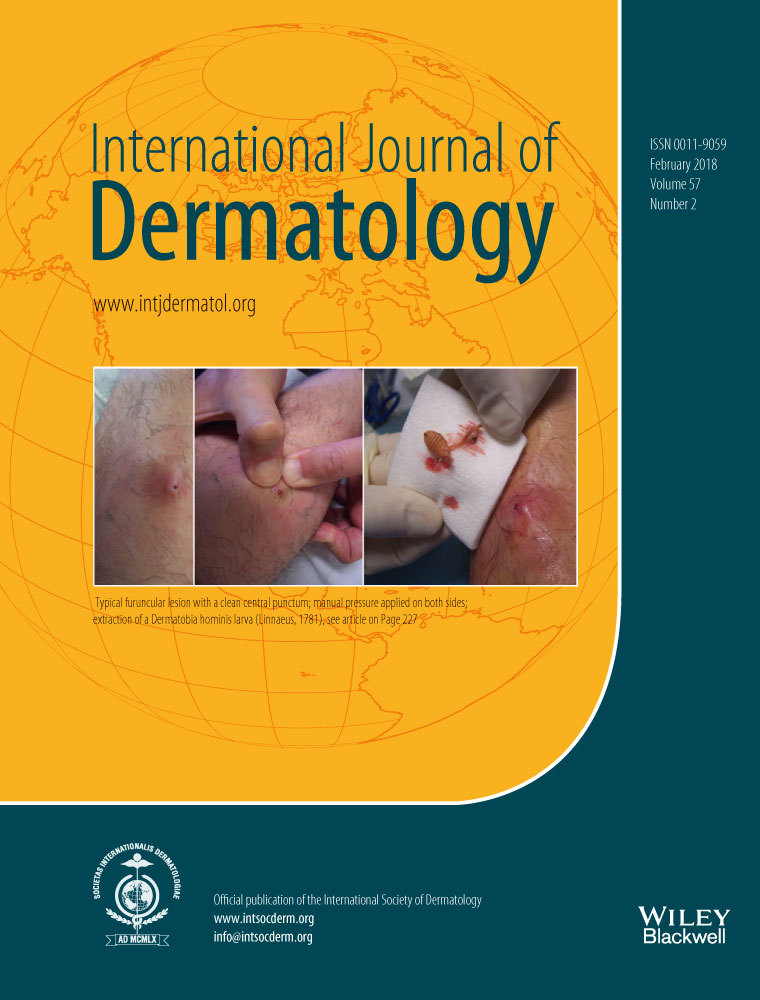Clinico-etiologic profile of hand dermatitis and patch response of patients at a tertiary hospital in Lagos, Nigeria: results of a prospective observational study
Abstract
Background
Hand dermatitis is an acute or chronic inflammation of the skin of the hands from a multifactorial cause which may be endogenous, exogenous, or a combination of both. With a wide range in severity and recurrent periods of flares, it has significant impact on the quality of life of its sufferers. A history of atopy predisposes patients to hand dermatitis, but contact dermatitis, either allergic or irritant, is the more commonly implicated factor in the etiology of hand dermatitis. Patch testing is an important tool in identifying the allergen responsible for allergic hand dermatitis, and this knowledge will contribute to improved management.
Aim and Objectives
This study was undertaken to evaluate the clinical and etiologic profile and review the patch responses of patients who presented with hand dermatitis at a foremost tertiary skin clinic in the most populous state of the most populous country in Africa.
Methods
A prospective, observational study in which consecutive walk-in patients who fulfilled the inclusion criteria were enrolled. Ethical clearance was obtained. Study tools included self-administered questionnaires, physical examination, and patch tests (European Hermal series), amongst others. The patch tests were carried out. Results were documented, and treatment was individualized based on clinical and investigation findings. The results were collated and analyzed with SPSS® 17.0 edition (SPSS II).
Results
Hand dermatitis was seen in 177 (13.3%) patients who presented during the study period. The mean age was 34.6 + 17.4 years. Almost two-thirds of patients (119; 67.2%) had chronic hand dermatitis, while 53 (32.8%) presented acutely. Patch responses were positive in 65 (36.7%) patients with paraphenylenediamine identified as the most frequent cause. Respondents had at least one (+) response to 20 of the 28 allergens, while there was no response to eight of the allergens in the European series.
Conclusion
The study reveals that hand dermatitis is present in a younger age group and a variety of subtypes coexist. Locally sourced allergens are needed to improve the yield of patch responses.




